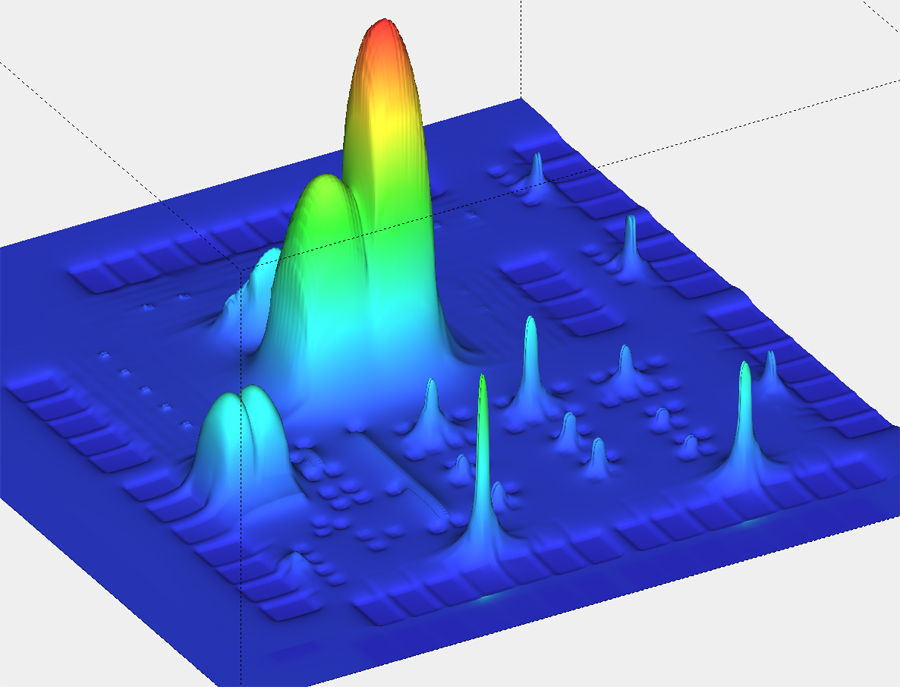| Cadence Mixed Signal | |
| Pete McCrorie and Kishore Karnane gave a suite presentation on the Virtuoso Analog Design Environment (ADE) showing how AMS Designer gives multi-level simulation of SPICE, RTL, TLM and Behavioral languages. Circuit simulators like Spectre, Spectre Turbo, APS and UltraSim can be called from the Virtuoso GUI.
Virtuoso and Encounter are now fully integrated together with a single design database that means you have fewer iterations between tools. Dynamic IR drop analysis was demonstrated that showed how substrate noise impacts analog circuits, so stay tuned for a full product announcement. What make Cadence different than Synopsys is that Cadence has tools and experience in board, pcb and package design. Synopsys is just starting out with their IC layout tool CustomDesigner. Cadence offfers the VoltageStorm tool insde of their Encounter tools which makes them different than the Mentor digital implementation tool flow. John Pierce, Product Marketing Manager of Virtuoso simulation used to work at Celestry and markets the UltraSim FastSPICE tool. Spectre is still considered a gold standard by foundries and the Spectre Turbo tool is quite competitive with newcomer simulator’s like Berkeley Analog FastSPICE. Earlier this year Cadence added support for multi-core with the APS option to exploit parallelism. To run Cadence circuit simulators you buy tokens and they come in 6 packs. So with one 6 pack you can run a single UltraSim job, or 6 Spectre, or 3 Spectre Turbo’s. A common parser is shared across the circuit simulators which helps on netlist compatibility. What makes Cadence unique is their decades-long focus on analog simulation and IC layout, plus a wide range of design tools spanning IC, package and board levels. I also feel that the Cadence circuit simulators have amore coherent positioning compared to Synopsys which has too many circuit simulators. |


